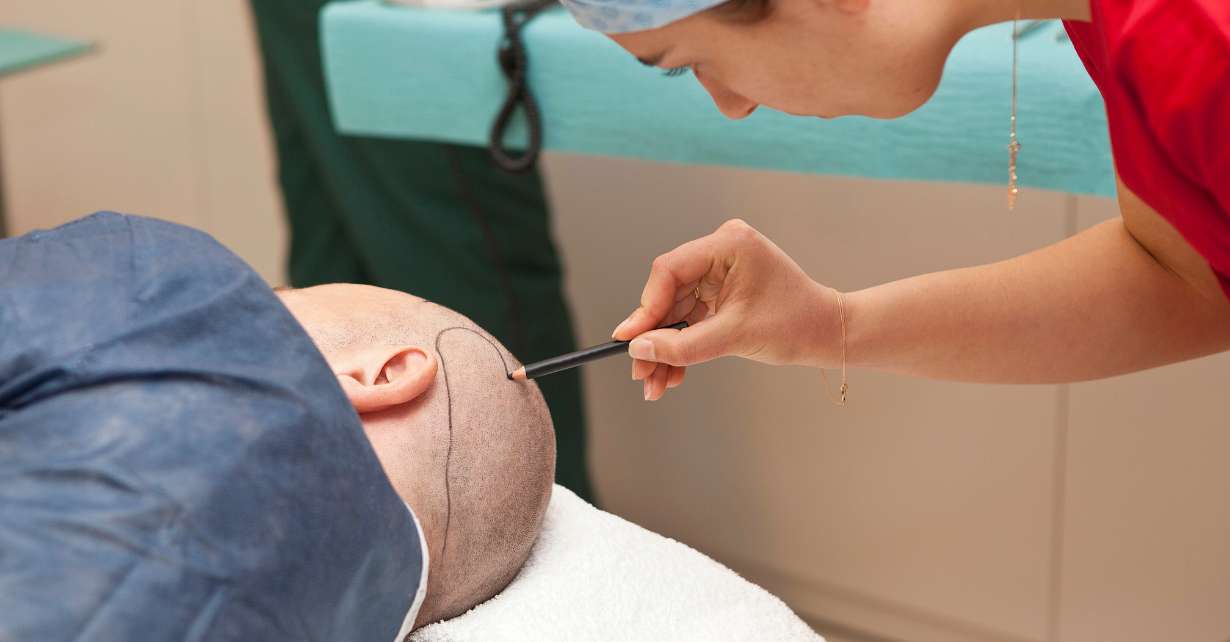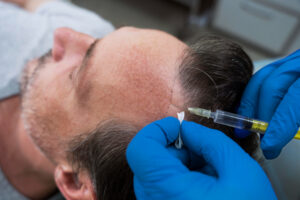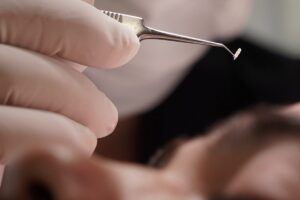hair transplant cost

Hair Transplant Cost
Cost of Living and Economic Factors:
- The cost of living and economic conditions in a country can have a substantial impact on the cost of medical procedures, including hair transplants. Turkey generally has a lower cost of living compared to the UK, resulting in lower labor and facility costs.
Labor Costs:
- The cost of skilled labor, including the surgical team, plays a significant role in the overall cost of a hair transplant. Labor costs are typically lower in Turkey compared to the UK.
Regulation and Standards:
- The level of regulation and medical standards can vary between countries. The UK has strict regulations and high medical standards, which can lead to higher operating costs for clinics. In contrast, Turkey may have different regulatory standards, which can affect pricing.
Exchange Rates:
- Exchange rates can influence the cost of a hair transplant for international patients. Foreign patients may find that their currency is stronger against the Turkish Lira, making procedures in Turkey more cost-effective.
Competition:
- Turkey is known for its competitive hair transplant market, with many clinics offering affordable packages to attract international patients. The high level of competition in Turkey has driven prices down in recent years.
Medical team`s Experience and Reputation:
- The experience and reputation of the surgeon can also affect the cost. In both Turkey and the UK, highly experienced and renowned surgeons may charge higher fees for their expertise.
Additional Costs:
- When comparing costs, consider other factors, such as travel expenses, accommodation, and post-operative care. Traveling to another country for a hair transplant can add extra expenses, but even with these additional costs, it may still be more cost-effective in some cases.
How hair transplant is done?
Transplantation Process:
- In the FUE technique after the donor hair is harvested, the surgeon creates tiny incisions in the recipient area (the area where hair is thinning or bald).
- The extracted follicles are then implanted into these incisions at the correct angle and direction to create a natural-looking hairline.
Recovery and Aftercare:
- After the procedure, there may be some swelling and discomfort, but these typically subside within a few days.
- The transplanted hair usually falls out within a few weeks, but this is normal. New hair growth typically starts within a few months and continues to improve over the next year.
Success Rate:
- Success rates can vary, but in general, modern hair transplant techniques have a high success rate, with the transplanted hair follicles often permanently establishing themselves in the new location.
Maintenance:
- While the transplanted hair is generally permanent, it’s important to remember that existing, non-transplanted hair may continue to thin or be subject to further hair loss. To maintain the best results, some individuals may need additional procedures or use medical therapies like minoxidil or finasteride.
Side Effects and Risks:
- As with any surgical procedure, there are potential risks, including infection, scarring, and the possibility of an unnatural appearance if the procedure is not performed correctly. Choosing a skilled and experienced surgeon is crucial to minimize these risks.
Realistic Expectations:
- While hair transplants can provide significant cosmetic improvements, they may not fully restore a head of hair to its original density. The final result can also depend on the quality of the donor hair and other individual factors.
Consultation:
- If you are considering a hair transplant, it’s advisable to schedule a consultation with a board-certified and experienced hair transplant surgeon. They can assess your specific situation, discuss your goals, and provide a personalized treatment plan.
Legal Regulations:
- Hair transplant procedures are often regulated by medical boards and may have specific licensing requirements for practitioners. Make sure to choose a qualified and licensed professional to perform the procedure.
It’s essential to research and compare different clinics in both Turkey and your country to get a better understanding of the specific hair transplant cost. Make sure to consider the reputation of the clinic, the experience of the medical team, and the level of post-operative care provided when making your decision.
While Turkey is known for offering more cost-effective hair transplant options with a very high success rate, it’s crucial to prioritize the quality and safety of the procedure over cost savings. Ensure that the clinic you choose maintains high medical standards and has a track record of successful hair transplant procedures, regardless of the location.
Send Us A Message
More Information

hair implant cost turkey
The Cost of Hair Implants in Türkiye: A Scientific and Financial Overview Hair implantation in Türkiye has become one of the most sought-after medical procedures

hair transportation
Hair Transplantation: A Comprehensive and Detailed Guide Hair transplantation is a surgical procedure aimed at restoring hair in areas affected by baldness or thinning. While

Hair Transplantation
Advanced Insights into Hair Transplantation: Complementary Information for Better Results Hair transplantation is not just a cosmetic procedure but a meticulously planned surgical intervention aimed

hair transplant cost
Hair Transplant Cost: Comprehensive Breakdown and Key Influencing Factors Hair transplantation is a widely sought-after solution for individuals experiencing hair loss due to genetic predisposition,

hair implant cost
The True Cost of Hair implant: A Scientific and Financial Breakdown Hair implant is a broad term that includes various methods such as hair transplants,

